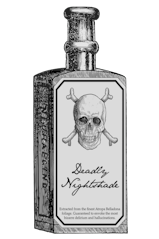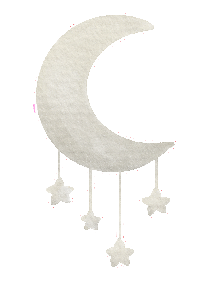Cast of Characters-
- Romeo (past): heir to the Montague family
- Juliet (past): Heir to the Capulet family
- Romeo (present): Only child of the Montagues, high school senior
- Juliet (present): Only child of the Capulets, high school senior
- Tybalt (present): Juliet's cousin
- Tybalt (past)/ensemble: Juliet's cousin
- Mercutio (past)/Paris (past):Romeo's best friend, Juliet's suitor. Kinsmen to the Prince.
- Mercutio (present): Romeo's best friend, the mayor's nephew
- Benvolio: Romeo's first cousin, Mercutio's boyfriend
- Paris (present): Son of the mayor, future medical student
- Juliet's Nurse
- Aunt Angie: Juliet's aunt, sister to her late father
- Mrs. Capulet: Juliet's single mother, who runs her late father's successful real estate business
- Lord Capulet/ensemble: Juliet's father
- Friar Lawrence: franciscan friar and mentor to Romeo
- Prince Escalus/Sherrif Scaliger: Ruling prince of Verona, local sherrif tasked with keeping the Montagues and Capulets in line
- Mayor/Lady Capulet/ensemble
Key locations:
Physical set for this production would feature a few key moving pieces, with props and changes in decoration and lighting to individualize each space. The main set for the Shakespearean scenes would be a stone wall with several arches, lit and curtained to either look like a bright room, a town square, or a crypt. This would serve as the location for the scenes at the Capulet house in the past scenes, the crypt, the duel, the ball. I would like to utilize a turntable so that this piece can be two-sided, with the other side containing a more modern wall with a staircase that leads to a small platform. This piece will be reworked throughout to serve as the backdrop for the modern Capulet house and the school, and covered/rotated part-way to serve as the backdrop for outdoor scenes such as the park where Romeo and Juliet meet after the party and in which the duel takes place. Side setpieces built on rolling square platforms will serve as other walls or backgrounds for each scene (Juliet's bedroom, the chapel, etc). Other notable small setpieces such as the platform used for Juliet's bed may be repurposed as other objects, such as the dais in the crypt which Romeo and Juliet die on in Act I.
Some characters or roles are different in the modern section than in Shakespeare's script. For example, Juliet's Nurse is now her Aunt Angie. Benvolio absorbs Balthazar's role and is the one to deliver news of Juliet's apparent death to Romeo. Juliet's father is not present; instead her single mother, a successful business owner, presides over the household. Friar Lawrence is not present in the modern plot. Romeo and Juliet would each be played by two separate actors, one for the modern scenes and one for the Shakespeare scenes, respectively. Other actors with more minor roles may play a variety of characters split between the two sections. The roles of Mercutio and Tybalt will be partially split, with two actors representing each during some scenes of Act I, but only the actors principally portraying them in the modern plot will appear in the Shakespeare scenes containing their characters during Act II. Benvolio's role will not be split between actors in order to draw attention to him as the isolated survivor.
Each double-casting or combined role would be arranged with thought to both what would make sense practically in the scene and what would be the most impactful for the character and narrative. Individualizing the characters by contrasting them to their Shakespeare counterparts would further emphasize the individual emotional toll of the tragedy, as well as the interconnected community.
Besides the choice to lean into the classic colors and styles for the Shakespearean scenes, I would like costuming in this production to reflect the characters' emotional journeys. For scenes near the very beginning/in act I which take place after the tragedy has started to escalate, some characters (Lord Capulet, nurse, Juliet, Romeo in effect) will be dressed in mourning colors predominantly. The modern plot will not contain the color coding, and will be costumed more like a typical teen drama. For scenes like the duel, in which the two timelines blur, ensemble characters may appear in costumes which fuse the two aesthetics. In the second act, characters who have died (Mercutio and Tybalt) will appear in a fusion of the costumes as well. While I would not color-code the families in this section, I do want each character to have their own distinctive style and colors which they trend towards in an individualized way. Mercutio, for example, might dress in an alternative/punk style, while Paris, as a medical student, dresses uncomfortably professionally for his age. Romeo and Juliet both begin the play in lively colors and end it in pale, washed-out aesthetics that visually display the despair each has descended to.
The choice to blend and blur the modern and Shakespearean scenes during the play's midpoint and ending is intended to highlight the themes of tragedy and cycles of change inherent to a play so focused on adolescence and death.



The costuming for the Shakespeare scenes would be similar to the costuming for the ballets, or to productions which take after the Zeferelli film, with lots of renaissance-inspired silhouettes and the popular red and blue color-coding for the families as popularized by Zeferelli's film.
The modern scenes would be costumed more like a typical modern teen drama or play. "Modern" here could refer to anytime in the past 20 or so years, because defining the setting down to the year is less crucial than communicating the plot as something which exists across time.

